10 Sit Up Bar Exercises To Fire Up Your Abs
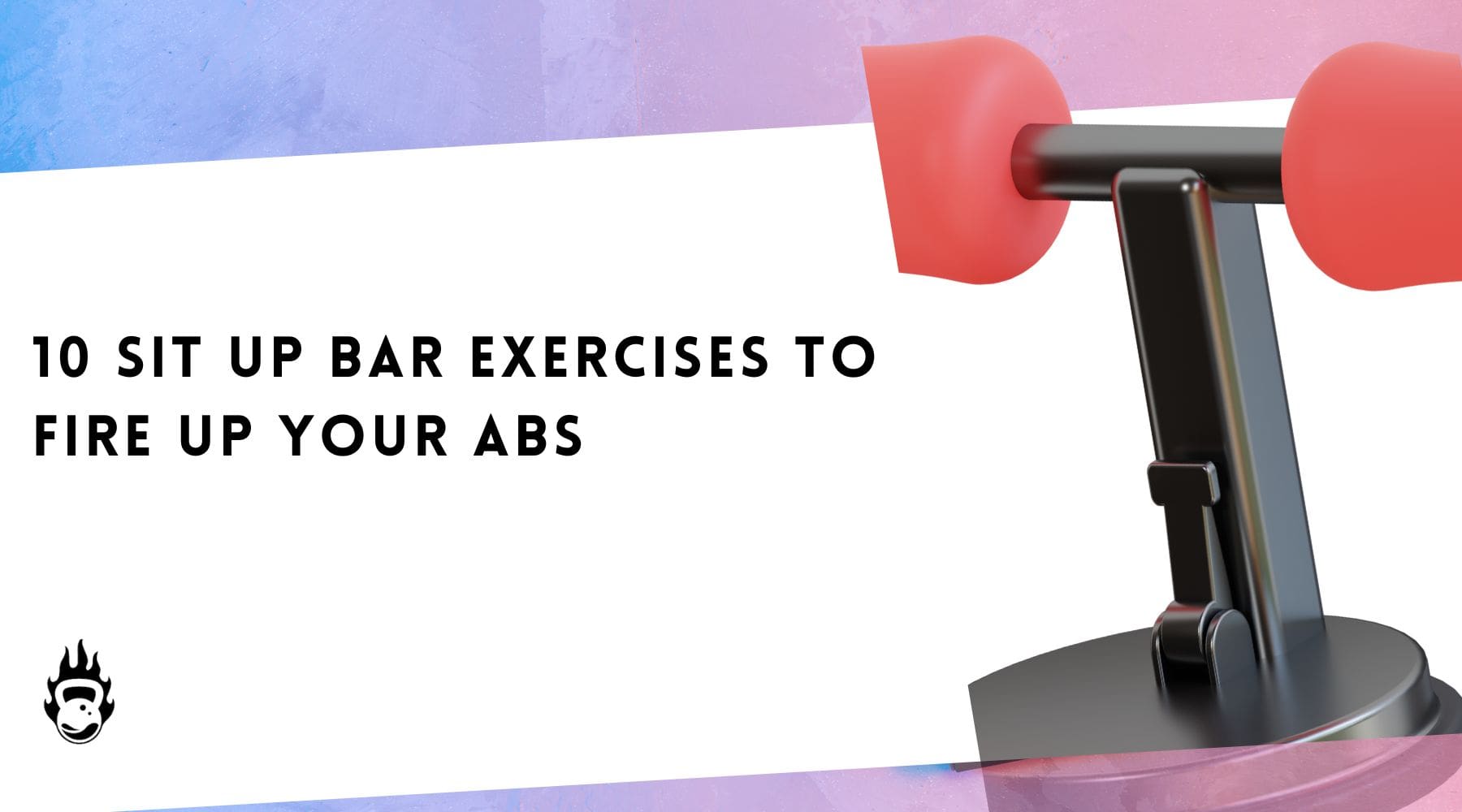
Sit-ups are awesome for several reasons.
- They help you get that toned, flat belly.
- They help improve posture.
- They alleviate back pain.
- They enhance your hip flexibility and strength.
…and so much more.
But if you’ve ever had trouble mastering sit-ups, we’ve got the perfect workout tool for you. Say hello to the sit-up bar a.k.a sit-up assistant.

This nifty piece of equipment not only helps you nail your sit-up form but is also great for taking all your core workouts up a notch.
In this blog, we’ll share with you the benefits of sit-up bar exercises, how to use a sit-up bar for abs and 10 of the best sit-up bar exercises that’ll fire up your core!
Let’s go!
Benefits of a sit-up bar
1. Improved Sit-Up Form
Since sit-up bar assistants provide a secure anchor for your feet it helps you maintain proper form during sit-ups and other related core exercises. That means fewer chances of injuries and strains.
2. No need for a spotter
Know how you always need someone or something to hold your feet down while doing sit-ups? With a sit-up bar for floor, you don’t need a spotter anymore!

3. Effective Core Engagement
As you don’t have to worry about your feet moving around while doing sit-ups, you can focus more on engaging your core muscles, thus getting a far more effective core workout.
4. Versatile
Sit-ups aren’t the only exercise you can do with a suction sit-up bar. You can target a whole bunch of muscle groups including your abs, obliques, hamstrings, glutes, etc. through the various exercises mentioned in this article.

5. Reduced Neck Strain
When you do sit-ups without proper support, there are high chances of straining your neck. Not so with a sit-up assistant. Suction sit-up bars also reduce your chances of slipping or losing balance during sit-ups.
6. Convenient
Sit-up bars for floor are lightweight and easy to set up. So convenient to take on your next road trip!
You might like: The Most Effective Dumbbell Exercises To Target Every Muscle Group
How to use a sit-up bar
Here’s how you set up a suction sit-up bar:
- Choose a smooth, flat surface (the floor, a bench) for attaching the sit-up assistant.
- Ensure the surface is free of dirt and moisture. Clean it well with a towel.
- Place the bar on the surface.
- Press the foam padding with one hand and then push the wrench down.
- Make sure the sit-up assistant is firmly attached to the surface.
- Adjust to the desired height using the flexible spring buckle.
- Depending on the exercise, you can position yourself either with your feet secured under the bar, your feet on top of the bar, or your hands on the bar.
You Might Like: A Guide To Resistance Band Exercises - Legs, Abs, Arms, Shoulders & More
10 Best Sit-up bar exercises at home
1. Sit-ups
This sit-up bar exercise causes your abs to get compressed which research shows is excellent for strengthening your diaphragm. This in turn improves your breathing, reduces stress, and more.
Science also suggests that older women who performed sit-ups were less likely to develop sarcopenia.

Muscles worked: Abs, obliques, hip flexors, chest.
How to perform
- Attach the sit-up bar to the floor and secure your feet under the bar.
- Lie down on your back with your knees bent.
- Place your hands on your head just behind your ears.
- Engage your core, exhale, and curl your body up towards your knees so that you’re in a seated position.
- Pause for a second, then inhale and return in a controlled manner back to the ground.
- Repeat for reps.
2. Twisting sit-ups
Hit those obliques with this awesome suction sit-up bar exercise.
Muscles worked: Abs, obliques, hip flexors, chest.
How to perform
- Attach the sit-up bar to the floor and secure your feet under the bar.
- Lie down on your back with your knees bent.
- Place your hands on your head just behind your ears.
- Engage your core, exhale, and curl your body up.
- As you rise, twist your body so that your left elbow touches your right knee.
- Return to the ground.
- Now rise again and twist your body so that your right elbow touches your left knee.
- Lower back to the ground.
- Keep alternating between both knees for the desired number of reps.
3. Forearm Plank
One of the best sit-up bar exercises at home for improving core strength and posture.
Muscles worked: Abs, obliques, hip flexors, erector spinae, lats, hamstrings, glutes.
How to perform
- Attach the sit-up bar assistant to the floor.
- Get on your knees and position your forearms on the ground with your elbows directly beneath your shoulders.
- Lift your feet and place them on the bar at about hip-width apart.
- Your body should form a straight line from your head to your heels without any sag in your hips.
- Ensure that your core and glutes are engaged throughout the exercise.
- Hold for the desired amount of time.
4. Side planks
An excellent sit-up bar for floor exercise that recruits a wide range of muscles and improves your balance and coordination.
Muscles worked: Obliques, abs, glutes, quadriceps, hamstrings, trapezius.
How to perform
- Attach the sit-up bar assistant to the floor.
- Get on your left side and position your left forearm on the ground perpendicular to your torso. Your elbow should be directly beneath your shoulder.
- Lift your feet onto the bar and stack them on top of each other.
- Place your right hand on your hip for support.
- Lift your hips off the ground, creating a straight line from your head to your feet without any sag in your hips.
- Ensure that your core and glutes are engaged throughout the exercise.
- Hold for the desired amount of time and then repeat for the other side.
5. Side plank dips
One of the top sit-up bar exercises that’ll tone your belly and strengthen your upper back muscles.
Muscles worked: Abs, obliques, outer thighs, lats, shoulders, glutes.
How to perform
- Attach the sit-up bar to the floor.
- Get on your left side and position your left forearm on the ground perpendicular to your torso. Your elbow should be directly beneath your shoulder.
- Lift your feet onto the bar and stack them on top of each other.
- Place your right hand on your hip for support.
- Lift your hips off the ground, creating a straight line from your head to your feet.
- Now lower your hips as low as you can without letting your torso collapse.
- Pause for a second and then use your core muscles to lift your hips back up.
- Repeat for reps on this side and then switch sides.
6. Reverse crunches
This sit-up bar exercise has been proven to be one of the best core exercises to fire up all your core muscles including your transverse abdominis, rectus abdominis, obliques, etc.
Muscles worked: Abs, obliques, hip flexors.
How to perform
- Attach the sit-up bar to the floor.
- Lie on your back with your head close to the bar and your legs stretched out in front of you.
- Grab either handle of the bar with your hands from underneath.
- Keeping your core engaged, bring your knees towards your chest and then lift your legs toward the ceiling such that your hips and lower back are off the floor.
- Pause for a second, bend your knees, and then stretch them out such that they are hovering over the floor.
- Repeat for reps.
7. Leg raises
This sit-up bar assistant exercise is great for improving your core stability which is crucial concerning spinal cord protection.
Muscles worked: Abs, obliques, hip flexors, quadriceps, hamstrings, erector spinae.
How to perform
- Attach the sit-up bar to the floor.
- Lie on your back with your head close to the bar.
- Hold either end of the bar with your hands.
- Keeping your core engaged, lift your legs toward the ceiling until they are perpendicular to your torso. Your hips and back should remain glued to the floor.
- Pause for a second and then bring your legs back close to the ground without touching the floor.
- Repeat for reps.
8. Back extensions
This suction sit-up bar exercise is great for relieving lower back pain and improving the range of motion of the lower back.
Muscles worked: Lower back, glutes, hamstrings, calves, erector spinae.
How to perform
- Attach the suction sit-up bar to the floor.
- Lie on your stomach and secure your feet under the sit-up bar.
- Interlace your fingers and place them behind your head.
- Engage your core and slowly lift your upper body off the mat. Ensure that your head and neck are in a neutral position.
- Pause for a moment and then lower back to the floor.
- Repeat for reps.
9. Glute bridges
This sit-up bar exercise improves your hip mobility, posture, and core stability.
Muscles worked: Glutes, hamstrings, quadriceps, hip flexors, core.
How to perform
- Attach the suction sit-up bar to the floor.
- Lie on your back with your knees bent and your feet on the sit-up bar.
- Place your arms by your sides.
- Keeping your core and glutes engaged, lift your hips off the floor by pressing your feet into the sit-up bar.
- Pause for a few seconds before bringing your hips back to the floor.
- Repeat for reps.
10. Heel touches
One of the best sit-up bar exercises at home to work your obliques and build core strength.
Muscles worked: Abs, obliques, hip flexors.
How to perform
- Attach the suction sit-up bar to the floor.
- Lie on your back with your knees bent and your feet secured under the sit-up bar.
- Place your arms by your sides.
- Keeping your core engaged, lift your shoulders a few inches off the floor.
- Swivel your body to touch your right heel with your right hand and then your left heel with your left hand. Keep your neck in a neutral position.
- Keep alternating between both heels for the desired number of reps.
You might like: 15 Effective Agility Ladder Exercises For Superior Performance
Tips on performing sit-up bar exercises
-
Maintain proper form by keeping your back flat and your core engaged. Avoid straining your neck during the exercises.
-
Start with the basic sit-ups before progressing to more advanced exercises.
-
Perform exercises in a slow and controlled manner. Do not use momentum to complete the movement, as this not only defeats the purpose of the exercise but also puts you at a higher risk of injury.
-
Breathe throughout the exercises. Inhale during the easier phase and exhale during the exertion phase.
-
Stop if you feel any pain or discomfort during the sit-up bar exercises.
You might like: Roll Your Way to Fitness: 10 Effective Foam Roller Exercises
Frequently asked questions
1. What is the average price of a sit-up bar?
The average price of a sit-up bar can vary based on factors such as brand, quality, design, features, and where you buy it from.
Based on these factors, the sit-up bar price could be in the range of INR 400 to INR 1500.
For a premium-quality sit-up bar like Burnlab’s, the sit-up bar price would be in the INR 1000- INR 1500 range.
You might like: 10 Super Effective Yoga Ring Exercises For A Full Body Workout
2. Why use a sit-up bar in place of other equipment?
While a sit-up bar isn’t necessarily better than all other ab equipment such as Bosu balls, ab rollers, etc., its advantages are tailored to its intended use.
For instance, performing sit-ups using a sit-up assistant removes the need for a spotter, helps you perfect your form, reduces your risk of injuries, and engages your core far more effectively than if you did it without the sit-up bar.
When you do an exercise like planks with your feet on the sit-up bar, it creates an element of instability that forces your core muscles to work harder to maintain balance and stability, leading to enhanced muscle activation.
3. Which muscles does a sit-up bar work?
Depending on the exercise, a sit-up bar for floor can work various muscle groups including your abs, obliques, hip flexors, trapezius, lats, shoulders, glutes, hamstrings, quadriceps, etc.
Conclusion
So, there you have it—your guide to rocking those sit-up bar exercises like a pro! From targeting those stubborn lower abs to achieving that coveted core strength, a sit-up bar can be your trusty sidekick on this fitness journey.
Check out Burnlab’s sit-up bar right here and try out these sit-up bar exercises now!
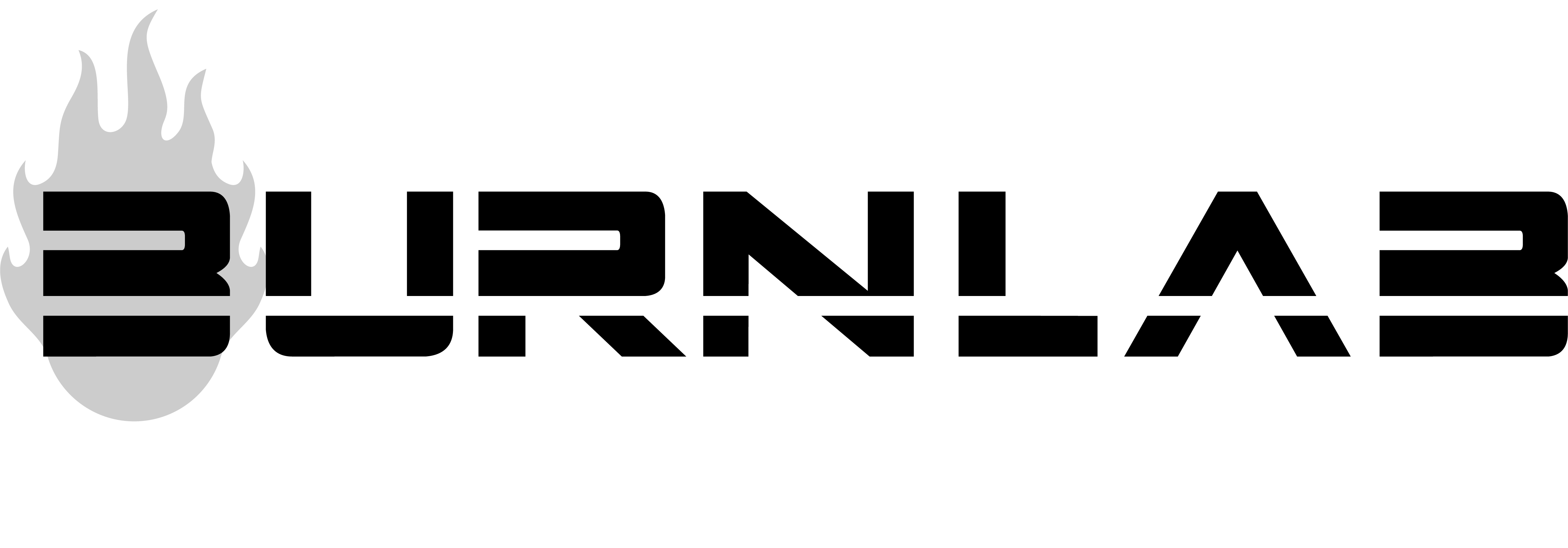

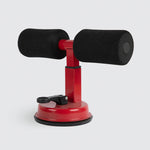
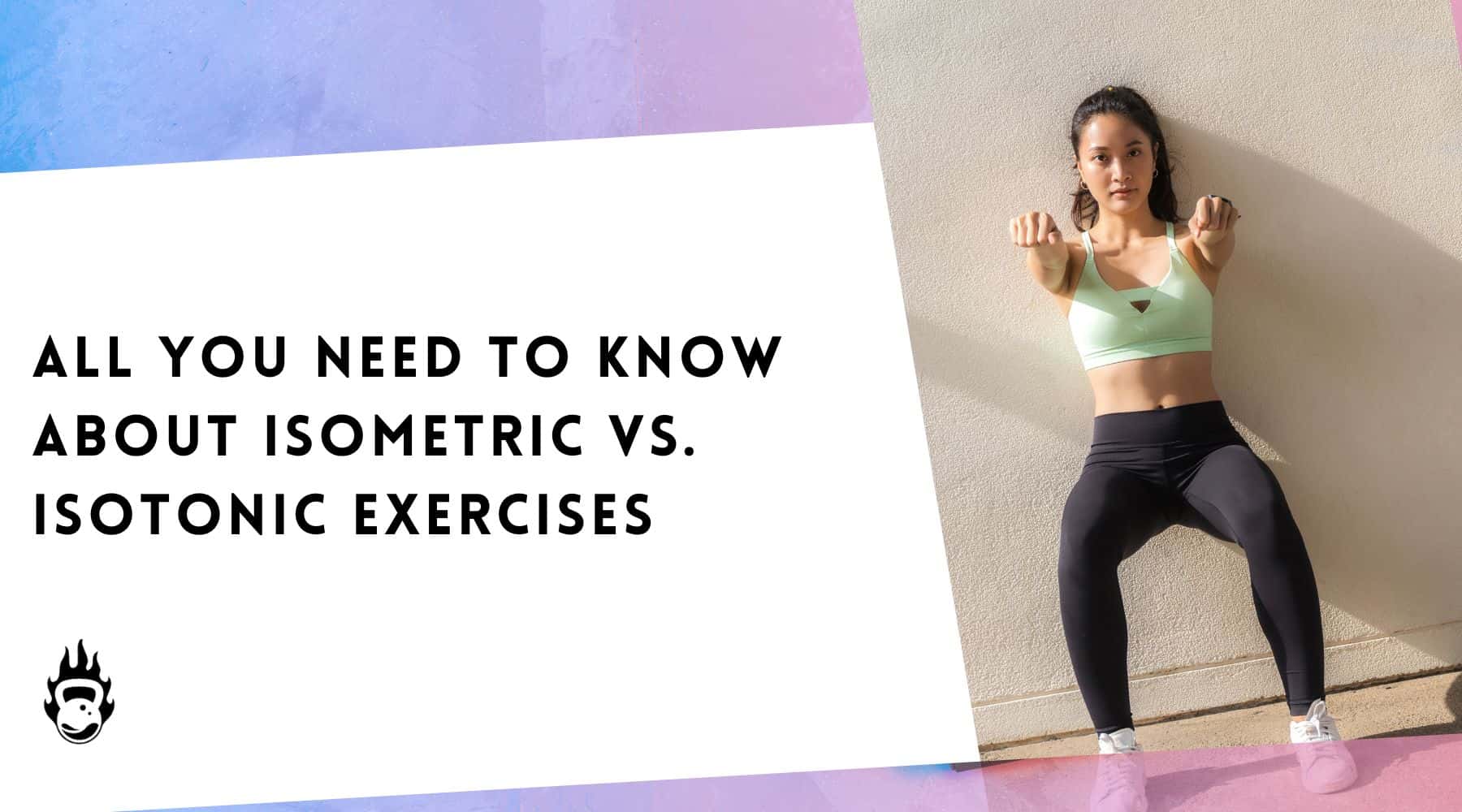
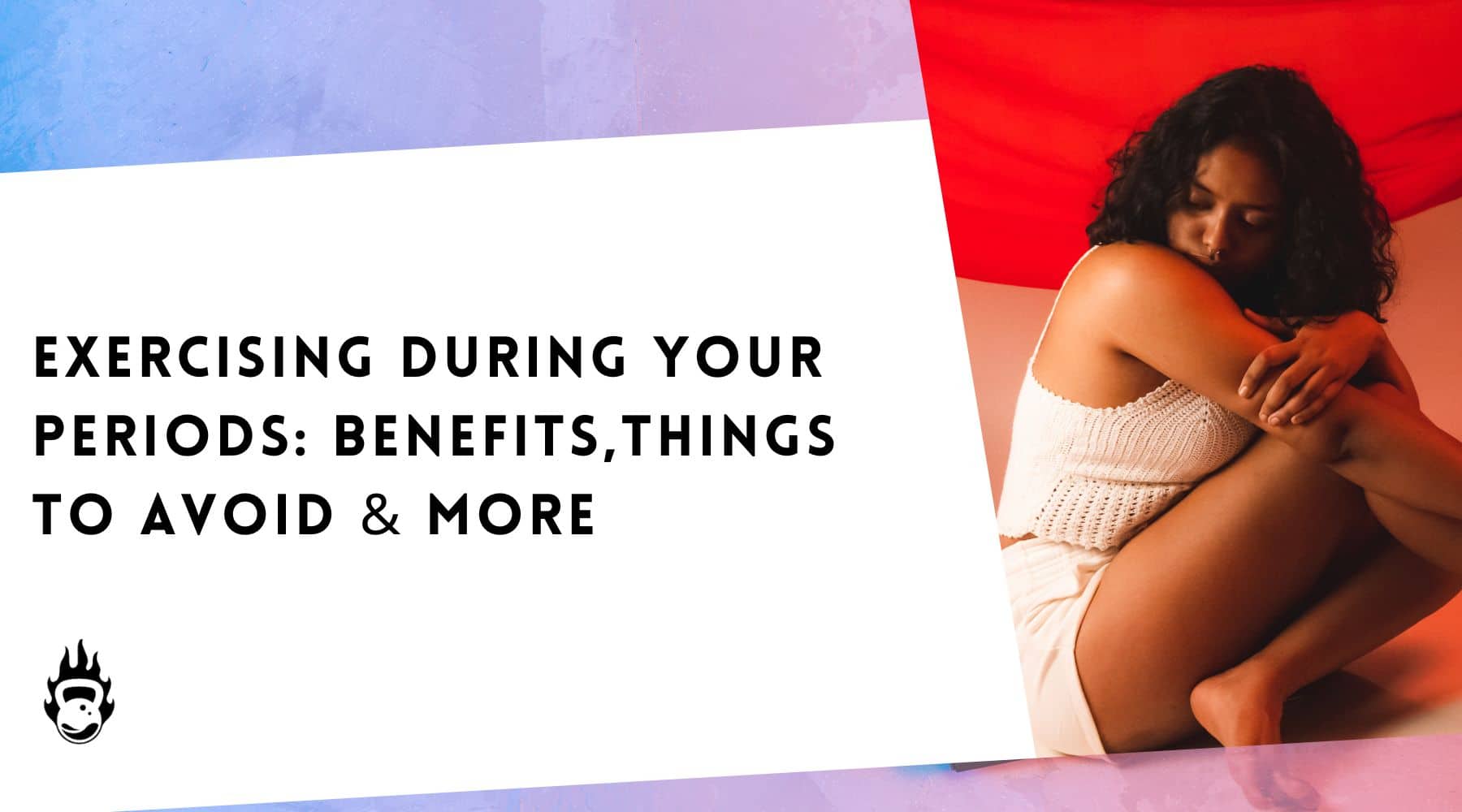

Leave a comment